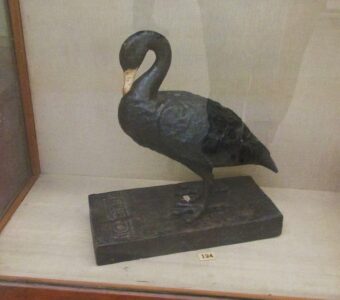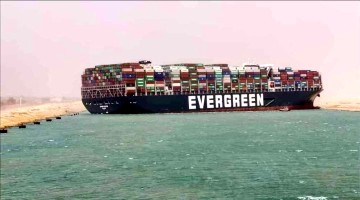Unless you have spent this week quarantining or staycating with no wi-fi, you will have seen that the Suez Canal became blocked when the 20,000 TEU “Ever Given” container ship, leased by Taiwan’s Evergreen from Japan’s Shoei Kisen, turned broadside in a sandstorm, ran aground and blocked the canal. The ship is 400 m long and the canal is 300 m wide. A temporary work around has been put in place for smaller ships using a stretch of old canal and the ship has now been partially refloated but the consequences are intriguing.
(The “Ever Given” is the maximum length permitted by the Suez canal and is too big to fit though the Panama canal. Launched in 2018, it already had form in that, a year later, it badly damaged a ferry in Hamburg.)
When it opened in 1869, the canal was an early example of project finance whereby lenders’ recourse for repayment is limited to the assets of a project rather than to those of its sponsors. Other early examples included voyages by Dutch and English explorers in the 17th Century and the Trans – Siberian railway in 1891, in fact the first project financing may have been silver mines in Devon in 1299.
A feature of infrastructure especially prized by owners is when it can charge monopolistic prices. The canal saves 15 days’ sailing 7,000 km around the Cape of Good Hope. In 2019, 18,000+ ships carrying some $1.1 trillion of cargo accounting for 12% of global trade traversed the canal, generating revenues for Egypt of $5.8 billion. So interrupting this cash cow gets expensive.
The canal was closed in 1956 – 7 and again in 1967 – 75 for political reasons / war but surprisingly, this is the first time in 150 years that it has been blocked by an accident such as this. (Mind y


Whooper and Mute Swans are winter visitors to contemporary Egypt; statues of swans, covered in black resin or bitumen, have been discovered in the country’s ancient burial chambers. At 224,000 tonnes, is this the biggest Black Swan ever? It’s tempting to think so but no, it isn’t.
As a postscript, the Canal Authority has decided against changing its logo (is that a Z or a ship stuck amidships?) …









